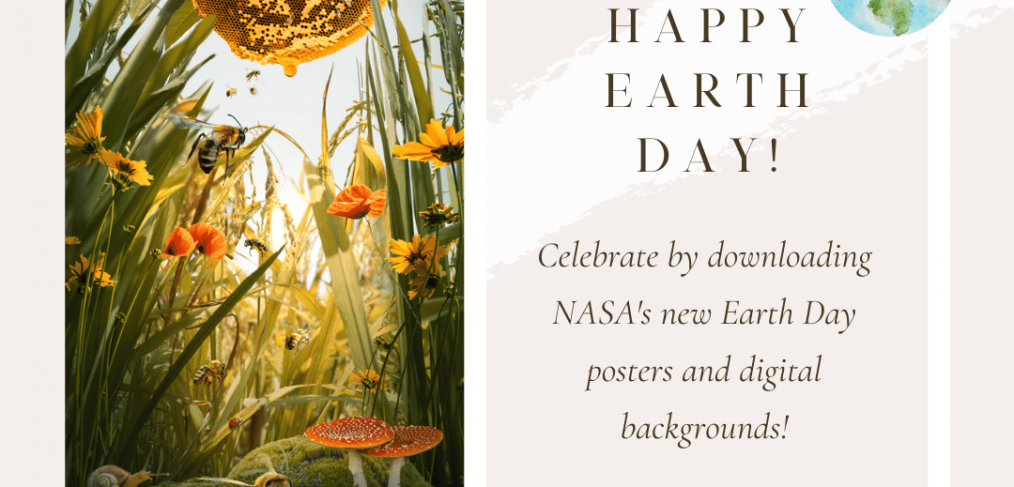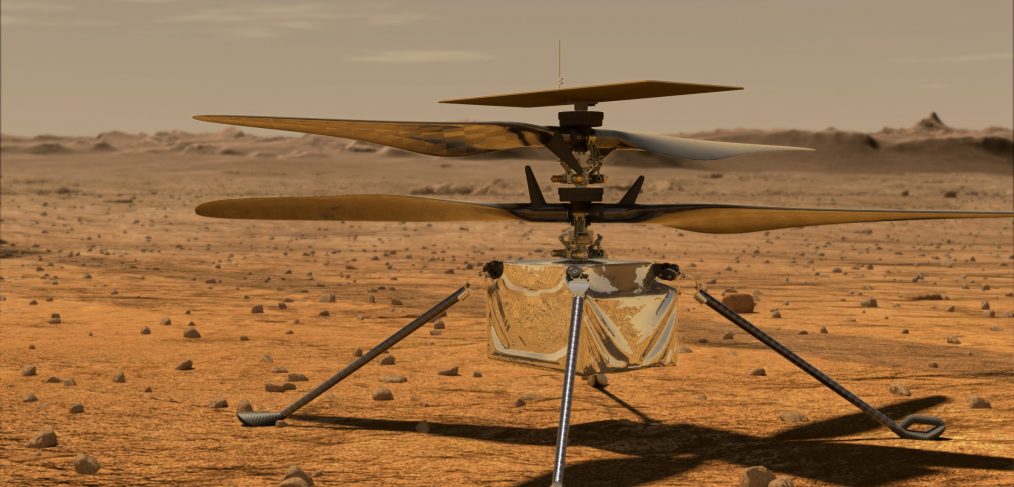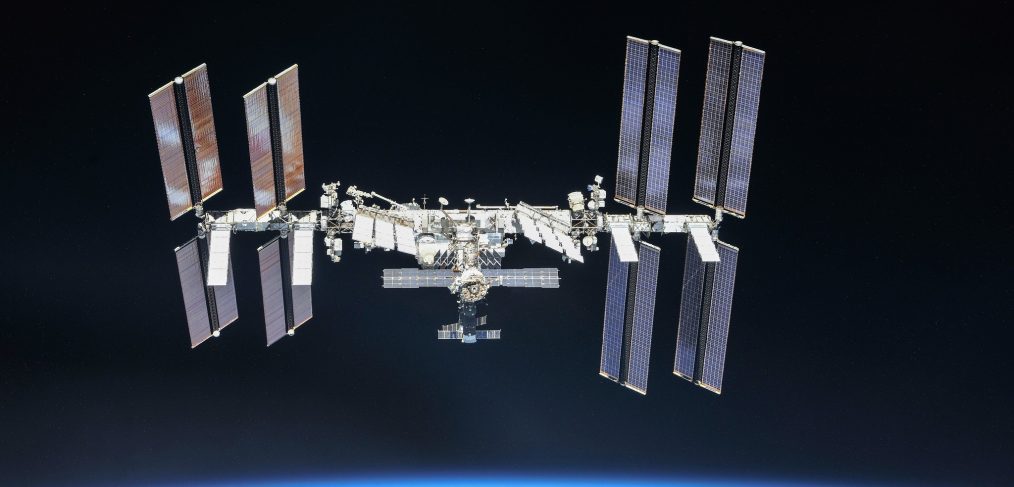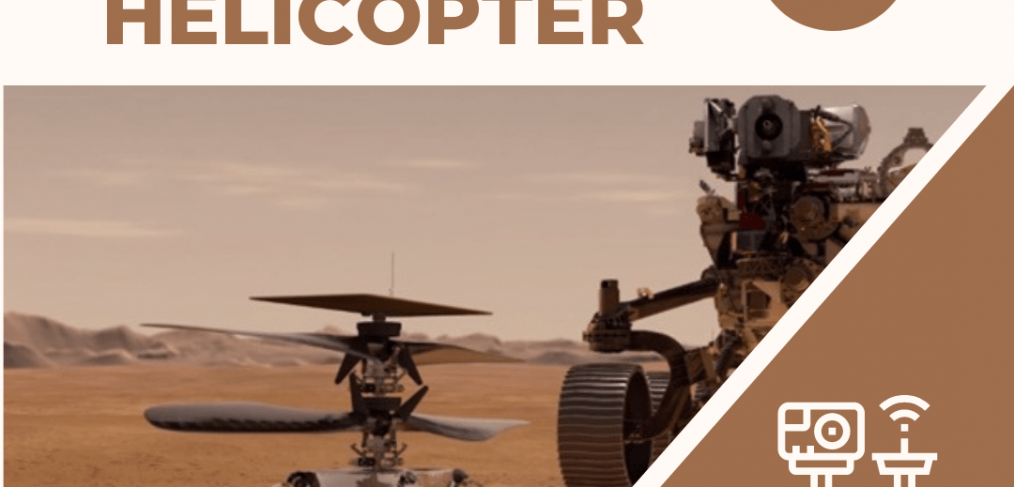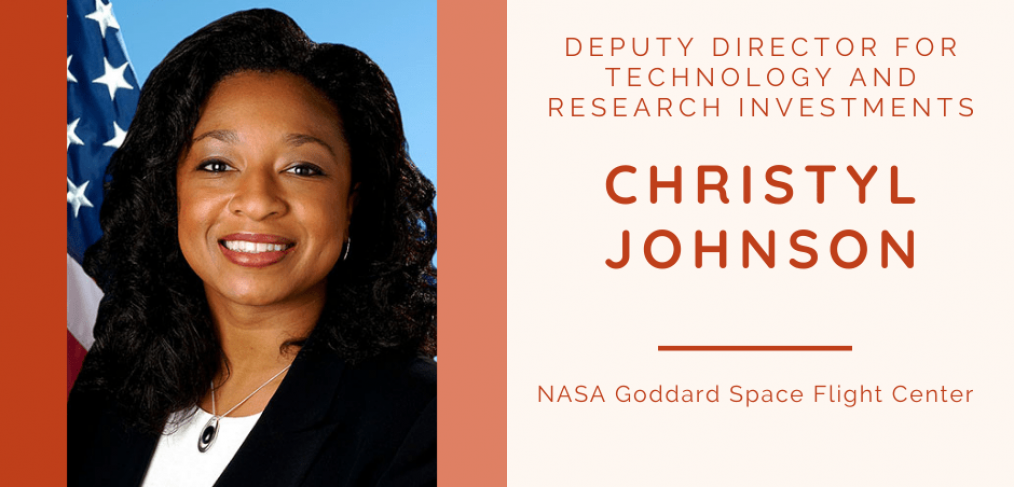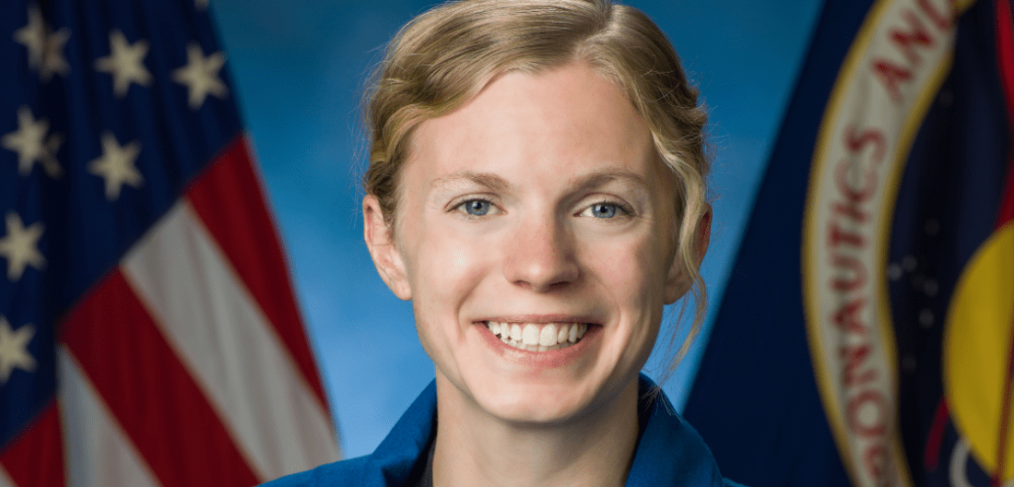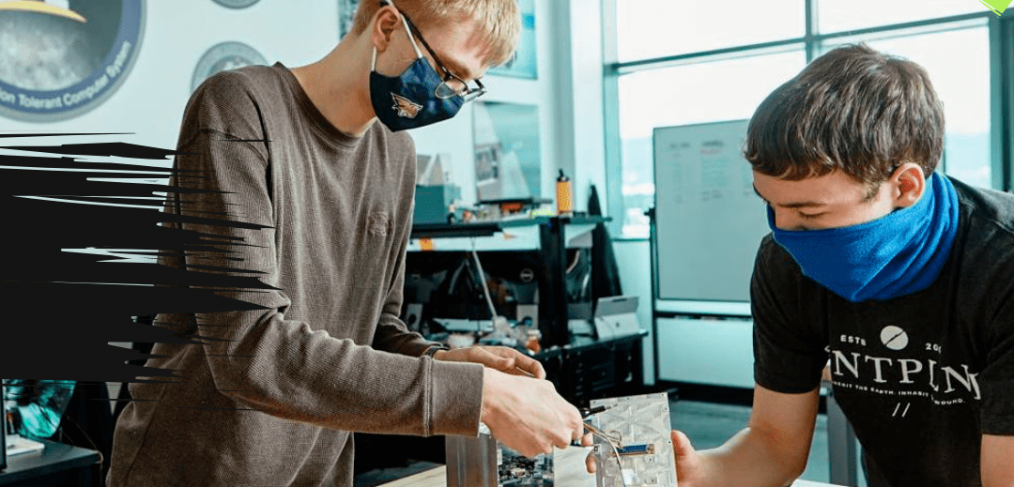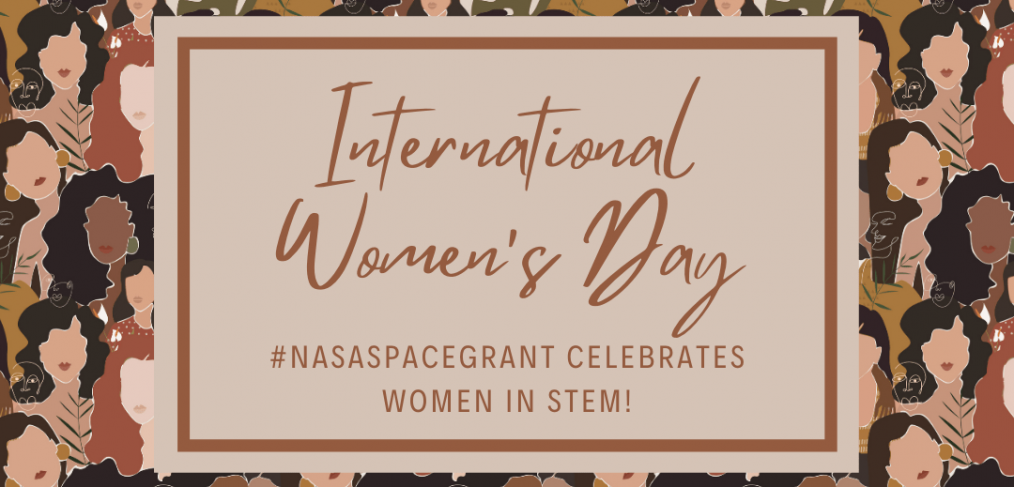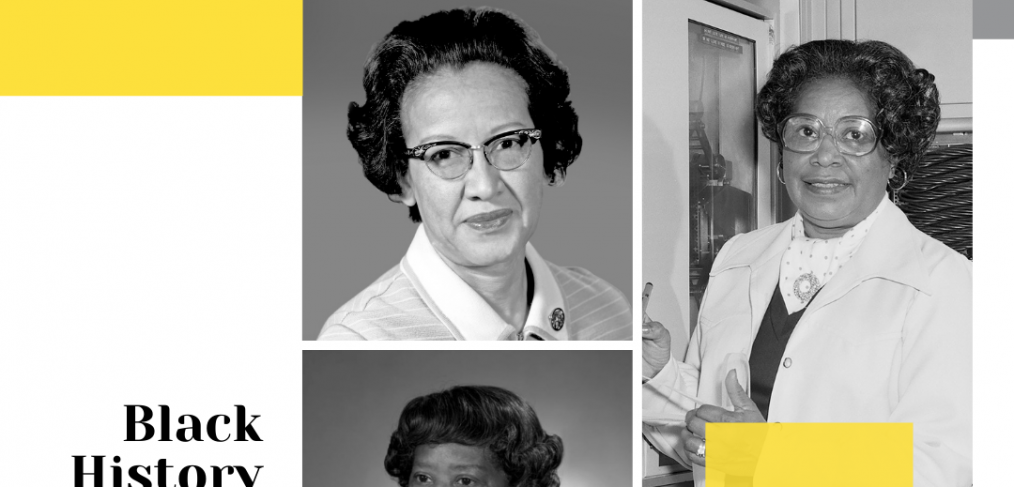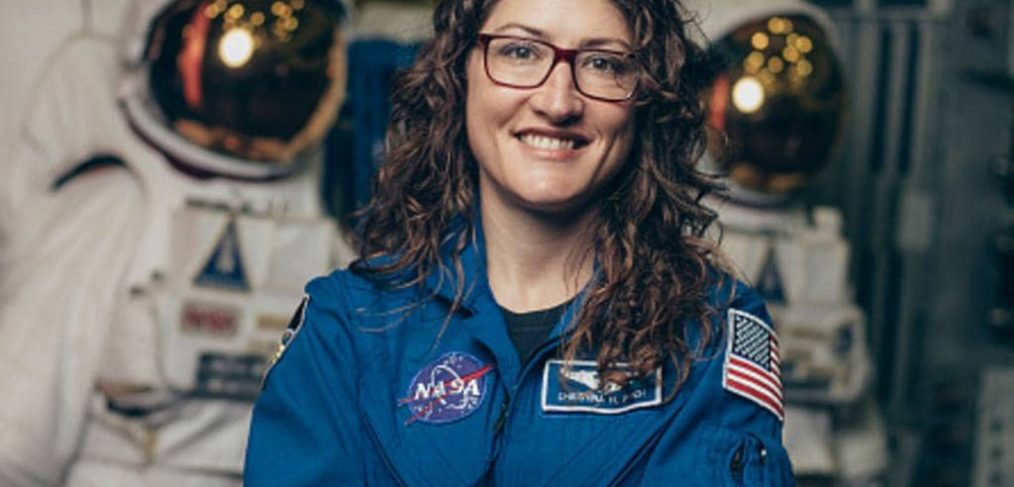For Earth Day 2021 (April 22), NASA highlights science and technology that is helping us live more sustainably on our home planet and adapt to natural and human-caused changes. Here’s how to participate.
To celebrate Earth Day 2021 (Thursday, April 22), NASA is hosting a virtual Earth Day event – from Wednesday, April 21, through Saturday, April 24 – focused on how to live more sustainably on our home planet, and exploring the connections between Earth’s atmosphere, water cycle, forests, fields, cities, ice caps, and climate. The program – called #ConnectedByEarth – will feature live presentations by NASA scientists, conversations with astronauts and scientists working in space, videos, interactive science content, a kid-friendly fun zone, a scavenger hunt, hundreds of downloadable resources, and more. Some content will also be available in Spanish.
Registration is free and open to the public. Register to participate here.
